Search
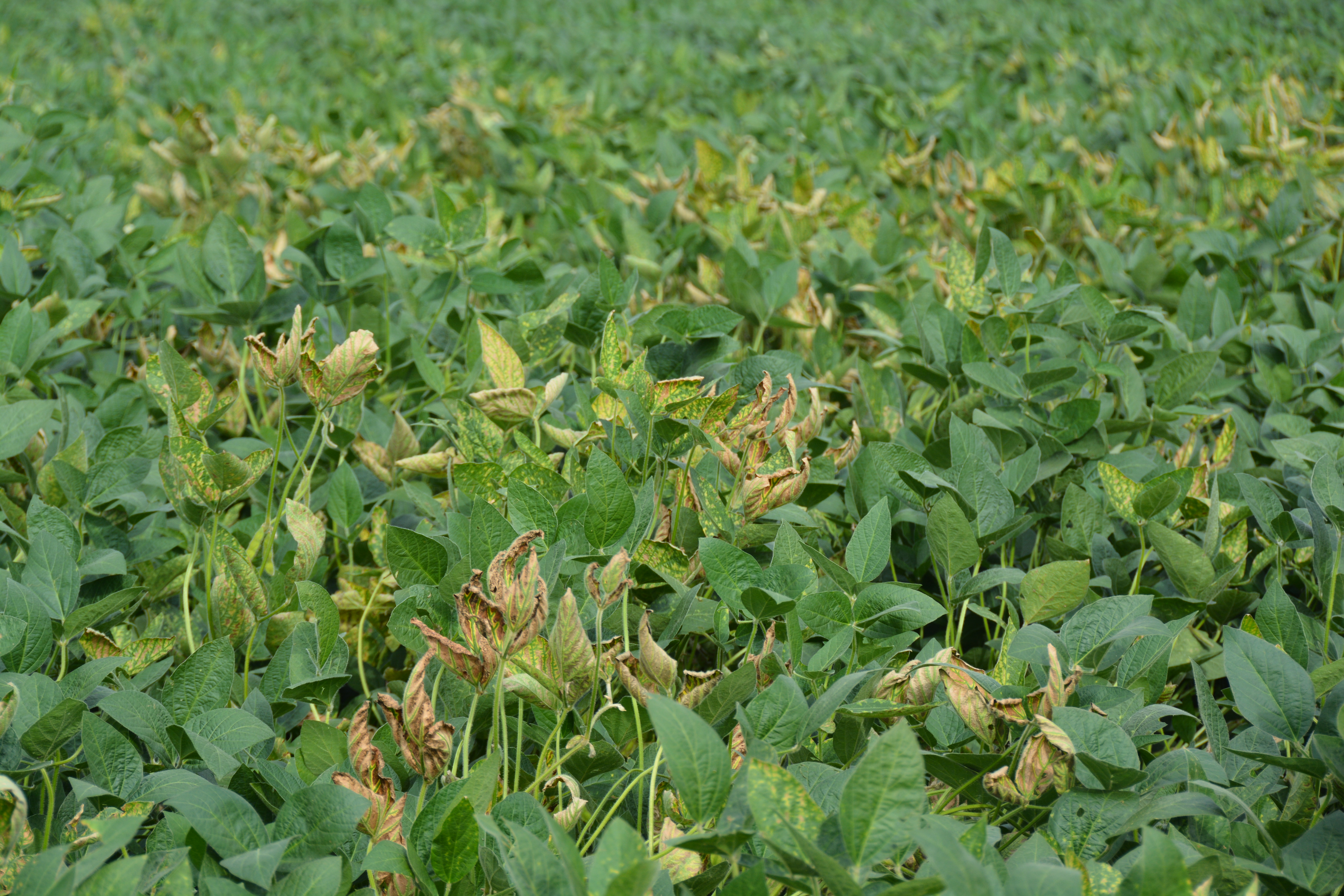
Plant Disease Management Decisions to Make Before Planting
For most plant diseases, in-season management choices are very limited. In fact, there are no in-season management options available for diseases caused by nematodes, viruses, and bacteria.
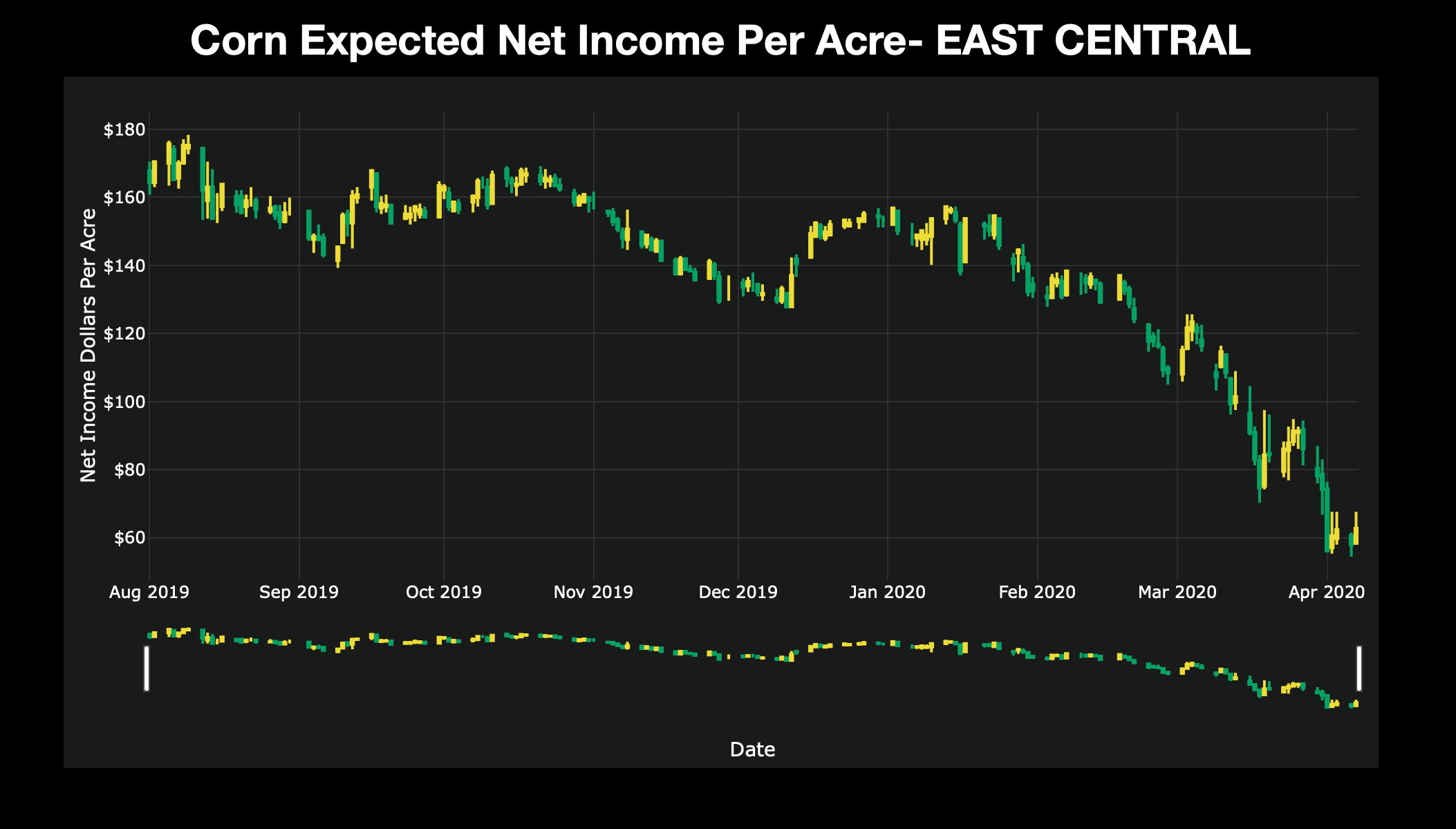
South Dakota Grain Net Income Tool
South Dakota producers can use the SDSU Extension Net Income Tool to monitor their expected net income per acre given their location, commodity of interest, and changes to market prices. The tool gathers the most-recent end-of-day market prices to determine the latest expected net income for wheat, corn, and soybeans in the different regions of the state.

Telemedicine Keeps Mixed-Animal Veterinarians Connected
March 31, 2021
Smart phones have helped South Dakota veterinarians assist clients through blizzards and busy calving seasons, but clinics may need to revisit service offerings, client expectations.
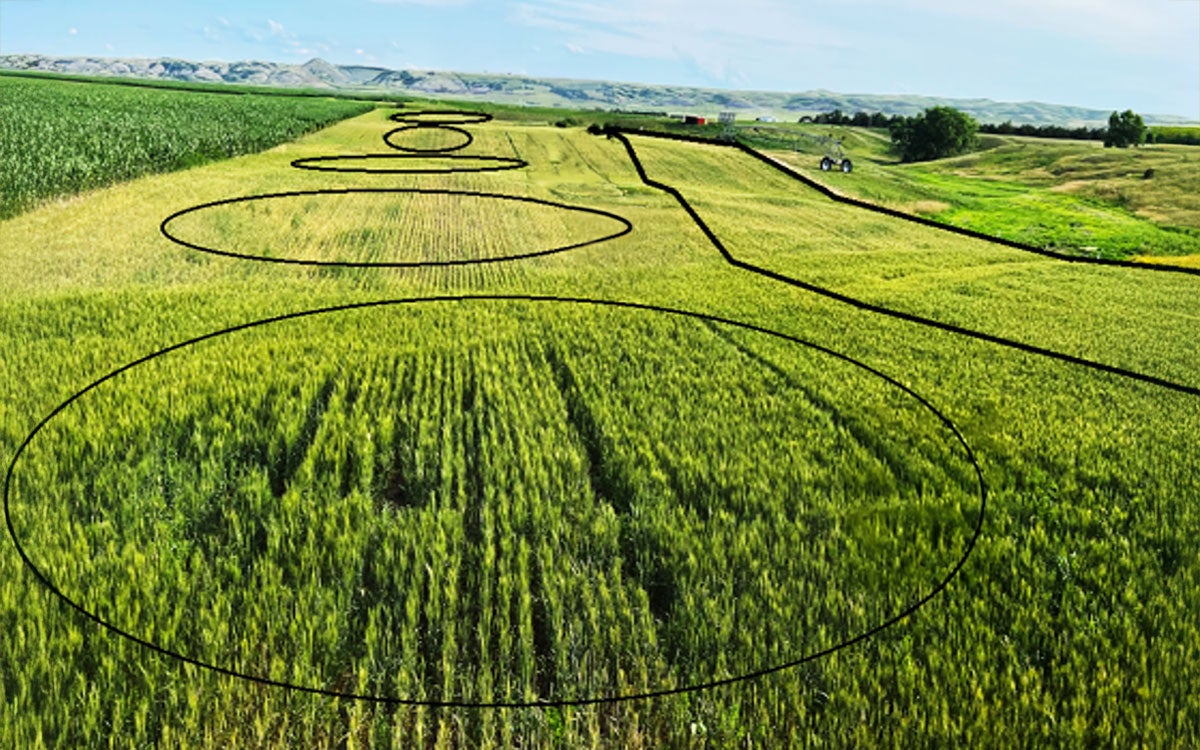
Variations in a Field and Variable Rate Technology Adoption
Field variations, including soil properties, nutrient content, and moisture levels, can significantly impact crop yield and farm profits. By understanding the specific needs of different areas, farmers can apply fertilizers, seeds, and other inputs more effectively.
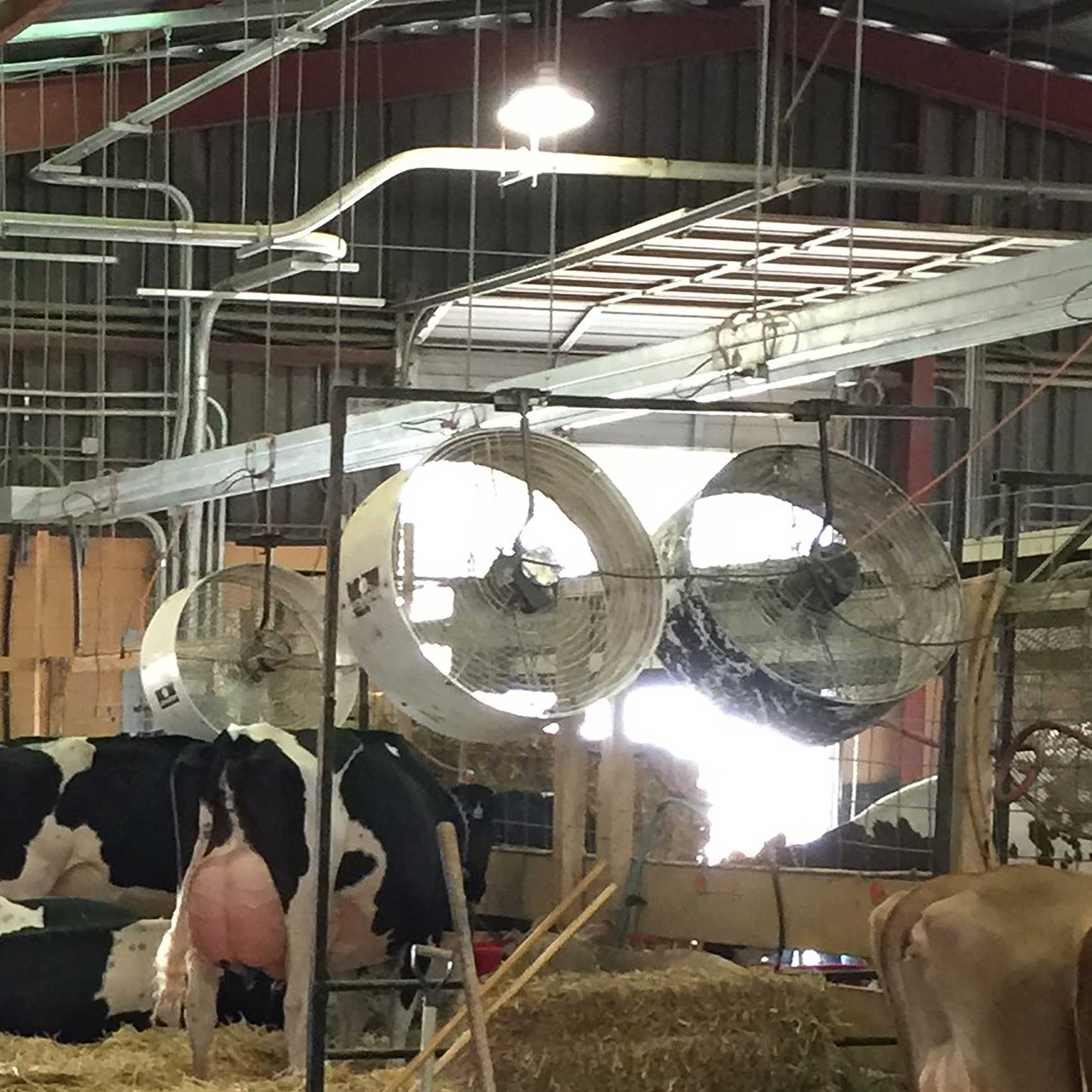
Combating Heat Stress in Lactating Dairy Cows
With summer temperatures and higher humidity levels upon us, dairy producers need enact their heat abatement strategies on farm for all livestock.

Mental Health: Recognizing and Managing Stress
Feeling stressed on the farm or ranch? Learn how to recognize stress, manage it, and find the support you need to overcome it.
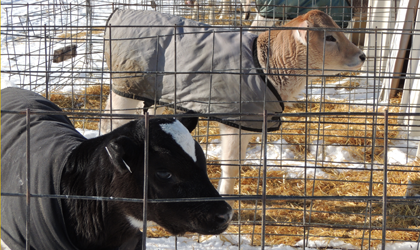
Dairy Calf Respiratory Disease: Treatment in the Aftermath of Cold Weather
Cold weather is not just hard on the people taking care of animals, it can be tough on the animals themselves. Consider respiratory disease (pneumonia) in dairy calves.
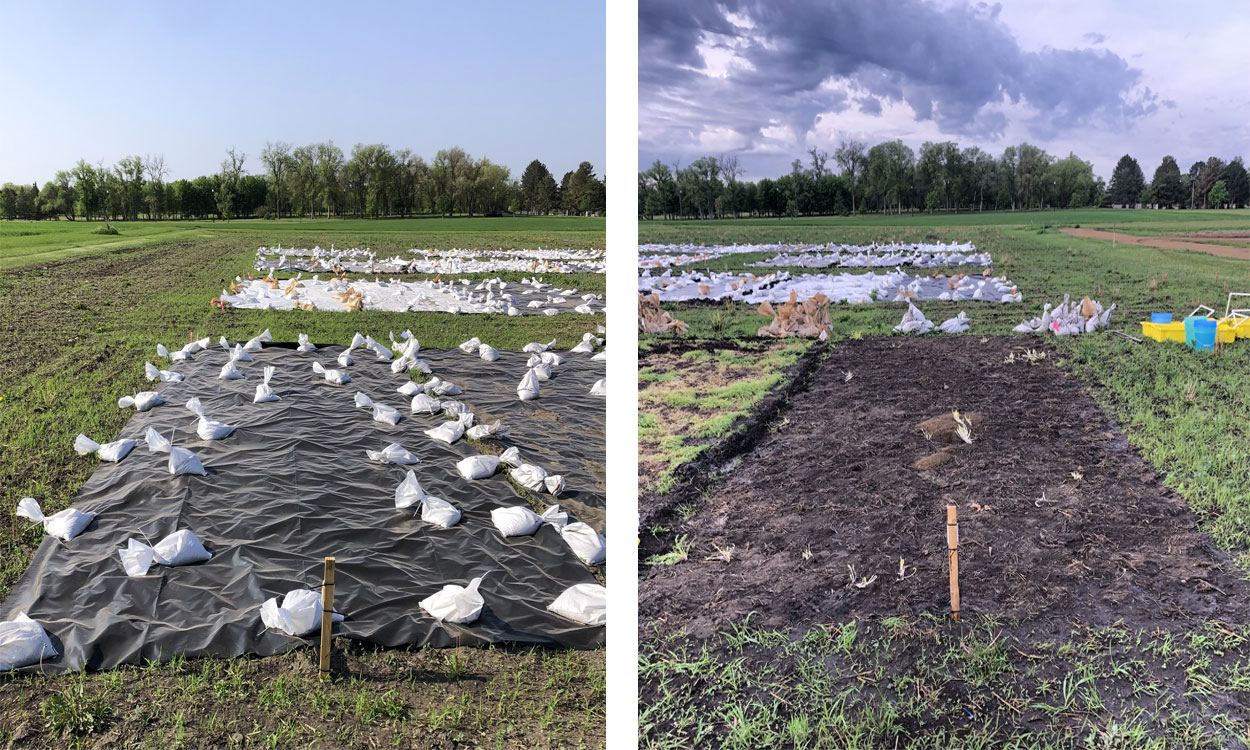
Early Season Soil Solarization and Occultation Impacts on Weed Pressure and Onion Yield in Eastern South Dakota: Year 2 (2024) Results
Research report on whether soil tarping can reduce weed pressure in onion yields for the second year
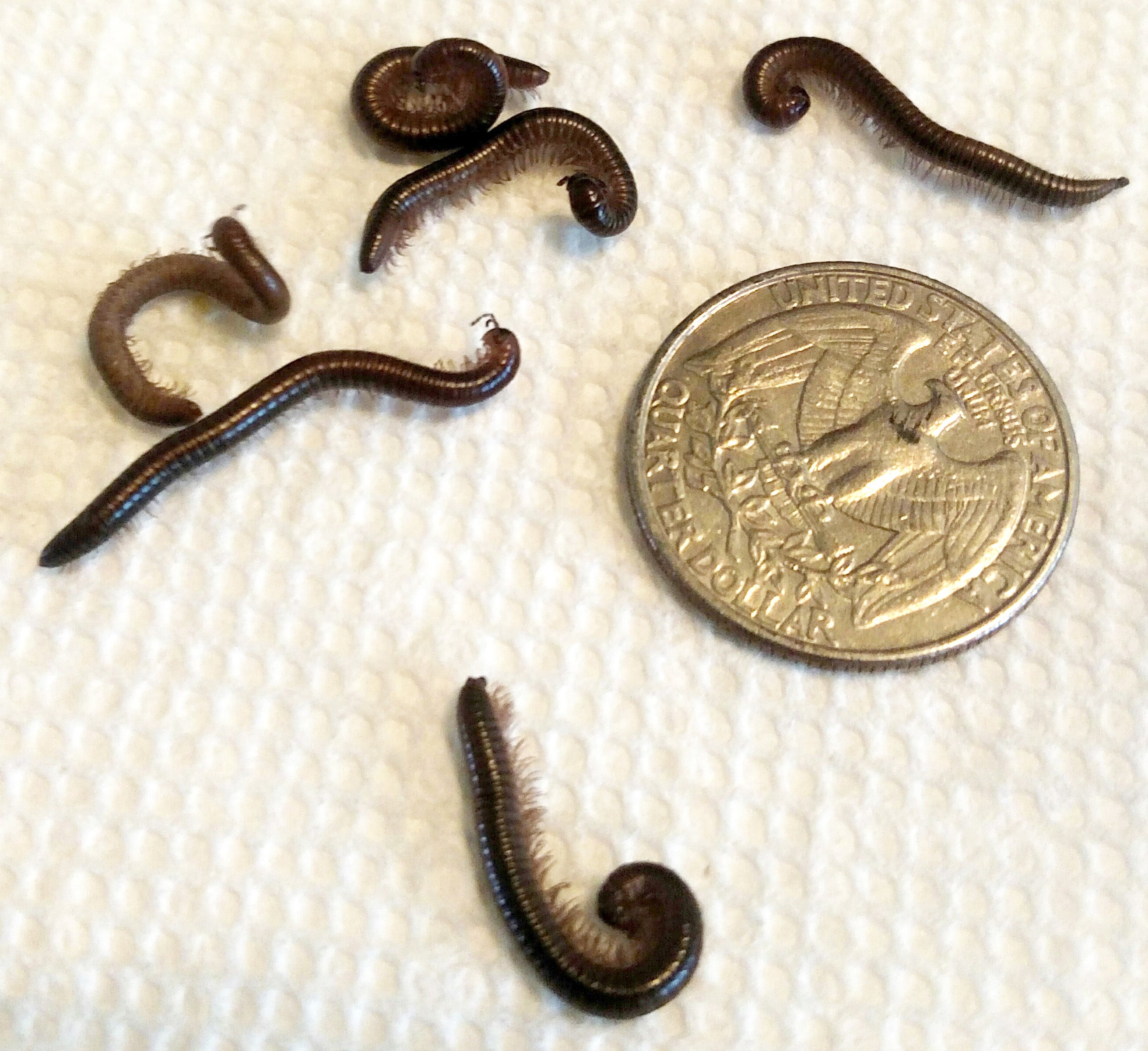
Millipedes Moving In?
Recent rain events coupled with decreasing temperatures are shaking things up outside. This is the time of year when insects and other arthropods that normally make their homes outside, start to move around and look for shelter. The critter that is causing the most calls so far is the millipede; which is an arthropod, but not an insect. Millipedes are helpful decomposers when outside and feed on decaying organic matter. They are commonly confused with centipedes, which are predaceous.

Swath Grazing: Extending the Grazing Season
One proposed way to cut fall/winter feeding costs is to extend the grazing season and allow the livestock to harvest the resource instead of relying on mechanical harvest.